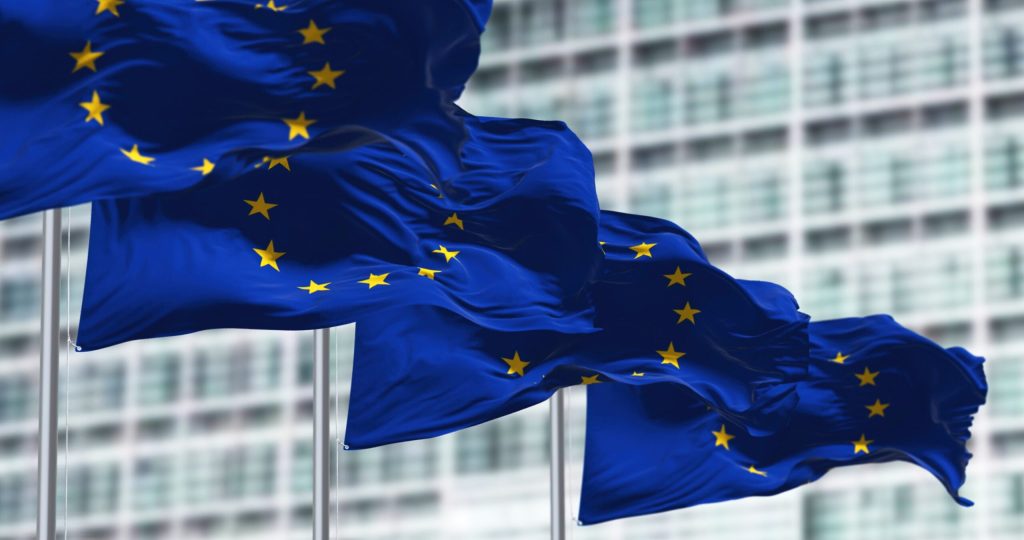The overall process of implementing the Markets in Crypto Asset (MiCA) regulation in the member states of Europe Union (EU) is a complex and dynamic scenario where each of the countries has its own set of challenges and preparations.
MiCA Implementation Across EU
MiCA, the EU-level historic crypto law, introduces rules requiring national regulators to license and oversee providers of crypto services. Although regulation is harmonised within the EU, individual members are allowed to have slightly different technical standards. This subtlety emphasizes the necessity for crypto companies to closely follow the pace of implementation in each specific jurisdiction.
According to Sophie Lessar, a partner at DLA Piper, a law firm that deals with fintech, MiCA rules will be enforced as planned with national authorities to execute some technical requirements. However, this decentralized implementation creates difficulties for both regulators and businesses that must deal with divergences in regulatory approaches.
The MiCA model may be a relatively smooth transition for countries like Germany and France with very strict crypto regulations. However, for countries such as Slovakia and Hungary, the change may bring noticeable problems, putting stress on the regulatory provisions.
Each member state’s regulators have the authority to transpose MiCA domestically, to appoint National Competent Authorities (NCAs) to supervise the crypto, and to determine issues such as grandfathering periods. For instance, France has designated its financial regulator, AMF, and banking authority, whereas Croatia will divide responsibilities between its central bank and financial regulator.
Some countries such as Denmark and Hungary have established specialized teams to deal with MiCA implementation, in anticipation of growing licensing needs. Challenges aside, policy makers see MiCA as a critical step towards the efficient regulation of the cryptoasset services.
Challenges and Preparatory Measures in Different Member States
Nevertheless, there are some challenges as countries are supposed to find solutions to the transition period of such firms and to the divergent regulation approaches. For example, Spain will use a 12-month grandfathering period, while Latvia will start in January 2025 with a six-month period.
Regulators are aiming to adhere to MiCA deadlines; however, the persisting uncertainties. The European Securities and Markets Authority (ESMA) targets to have regulatory technical standards finalized by the year-end while the policymakers discuss potential amendments to widen the MiCA’s scope.
On the whole, with Europe getting ready to apply MiCA, both the regulators and businesses are preparing themselves to an era of the crypto regulation. Each member state is following its own way to compliance, representing the diverse crypto regulatory environment in the EU.


